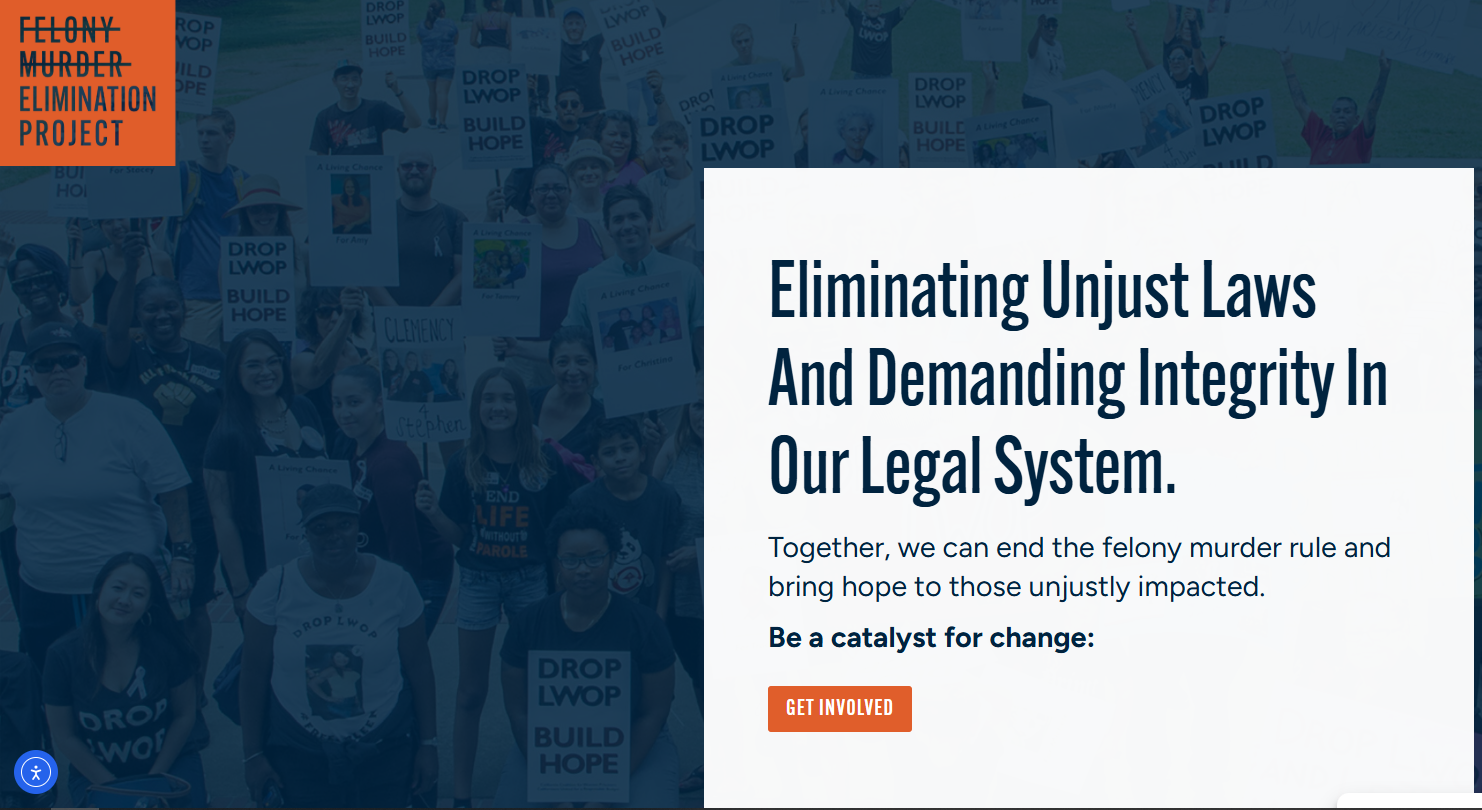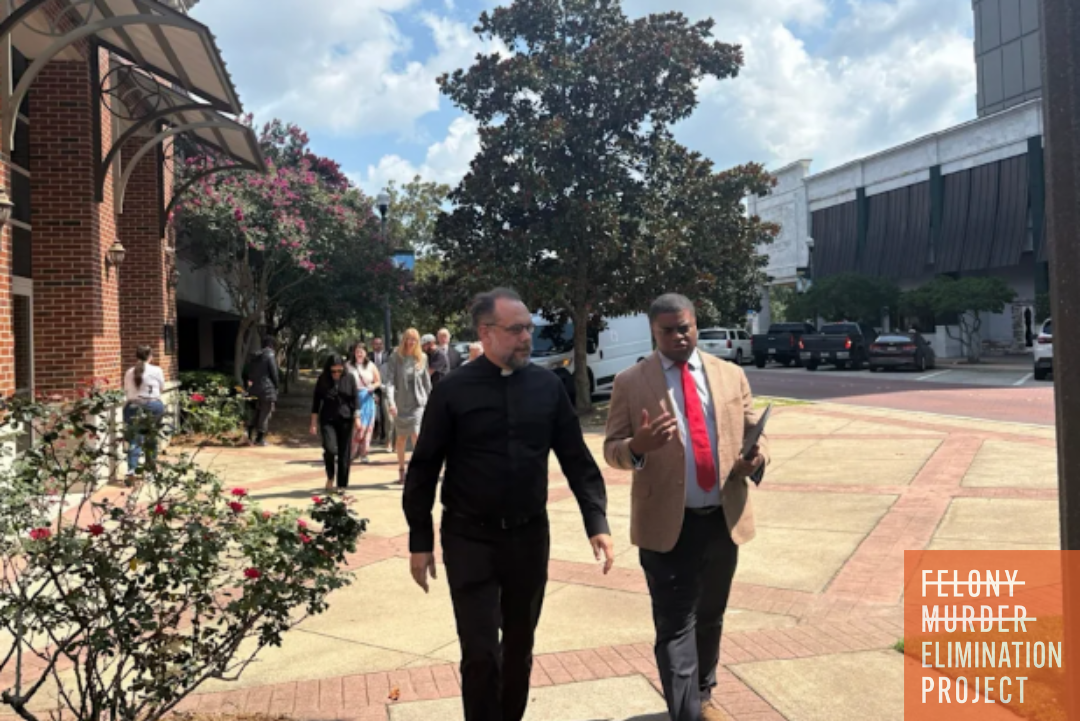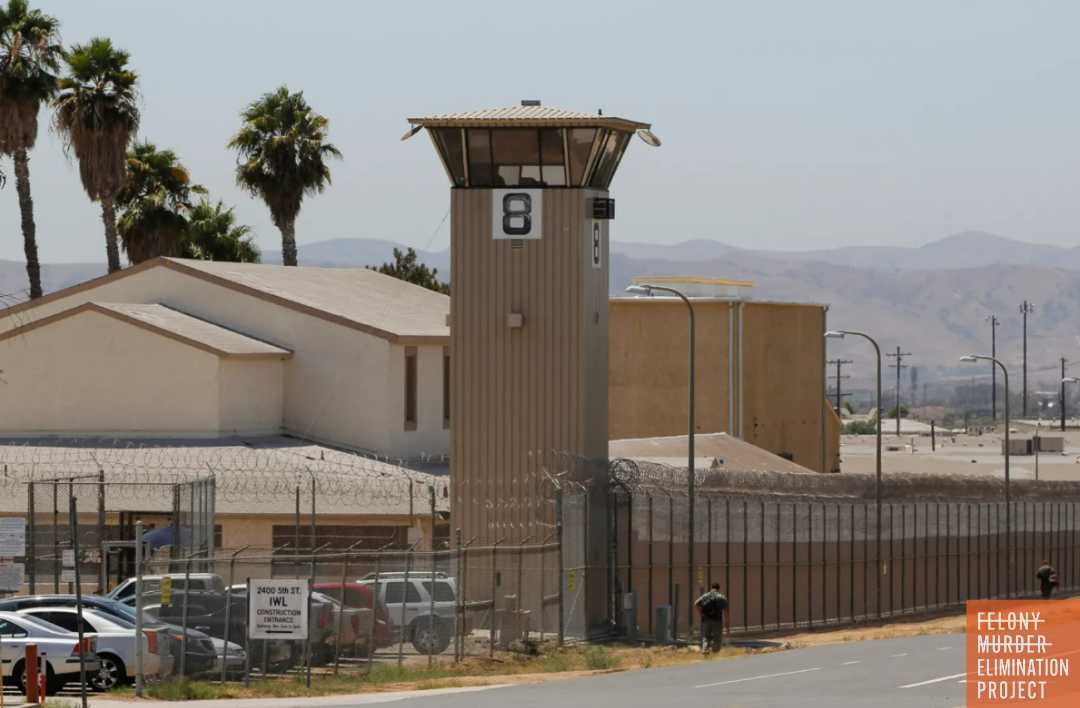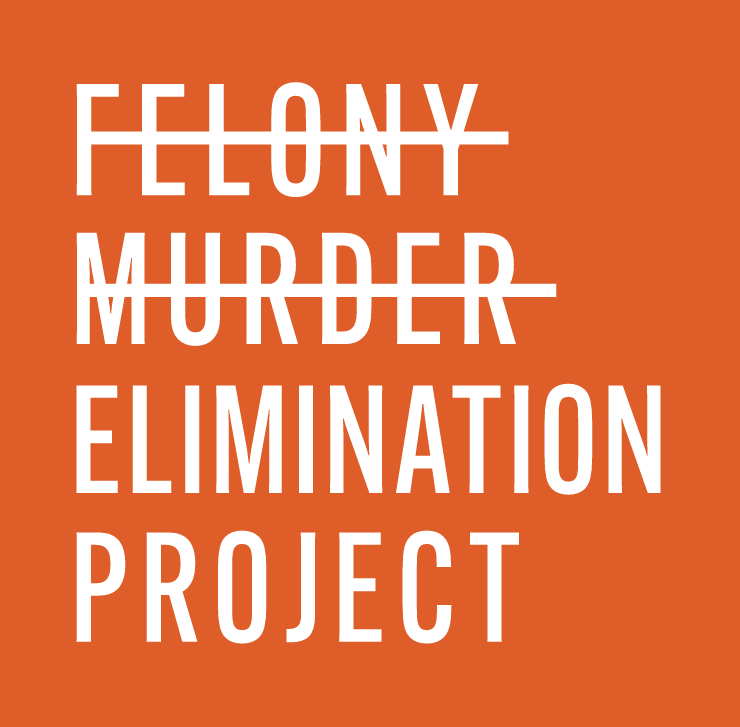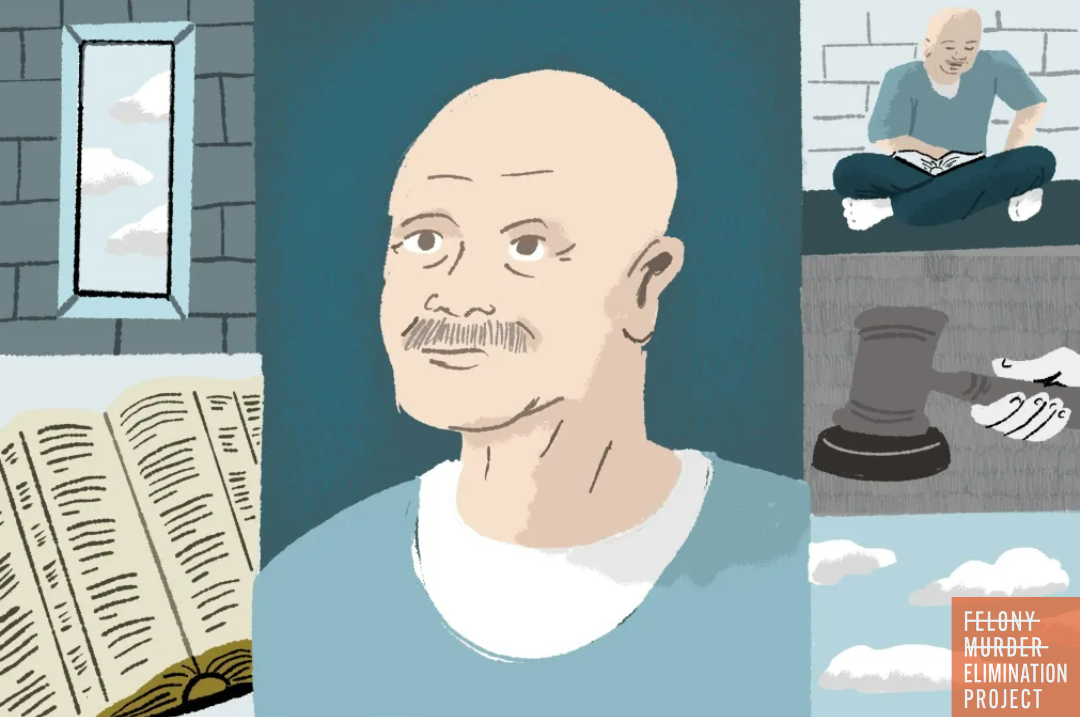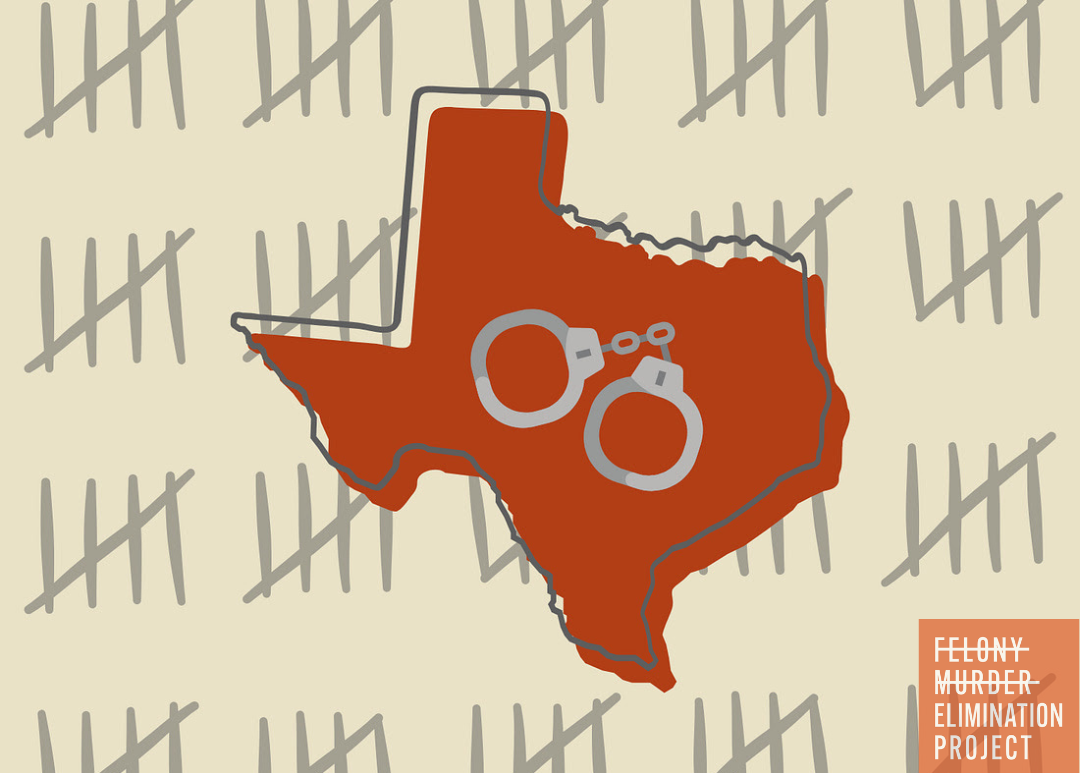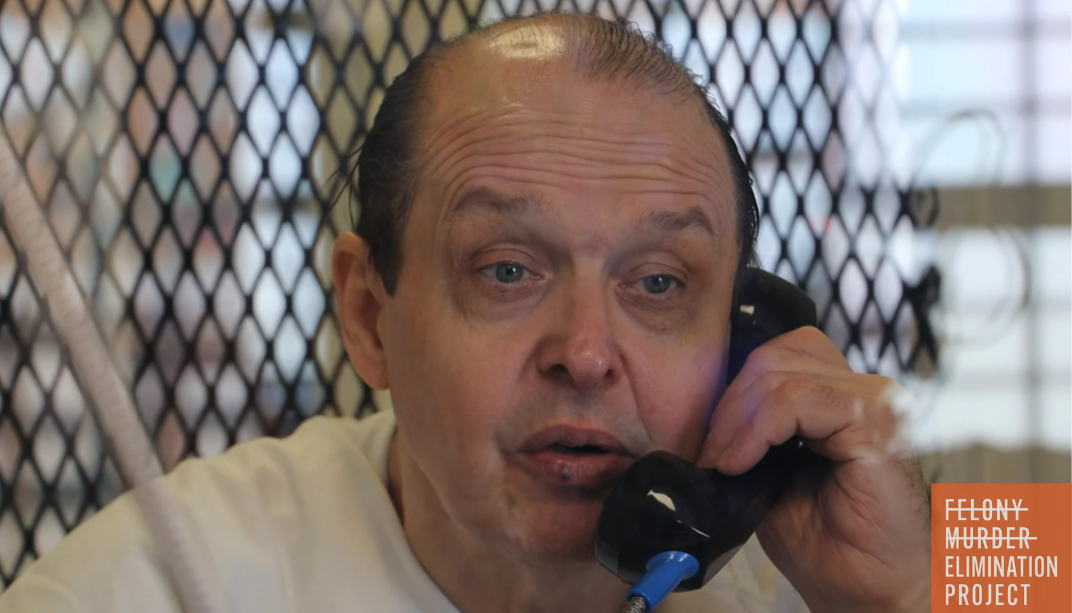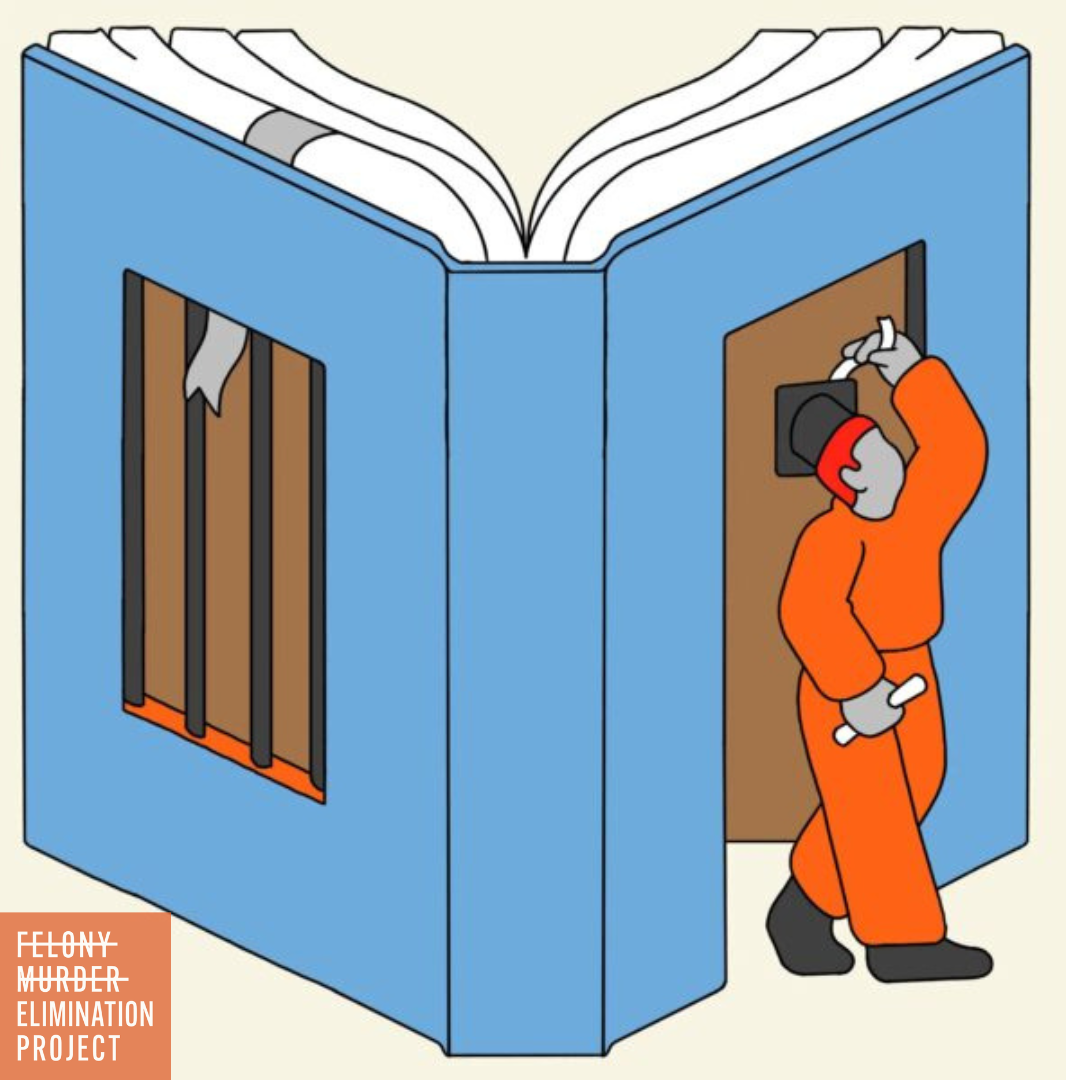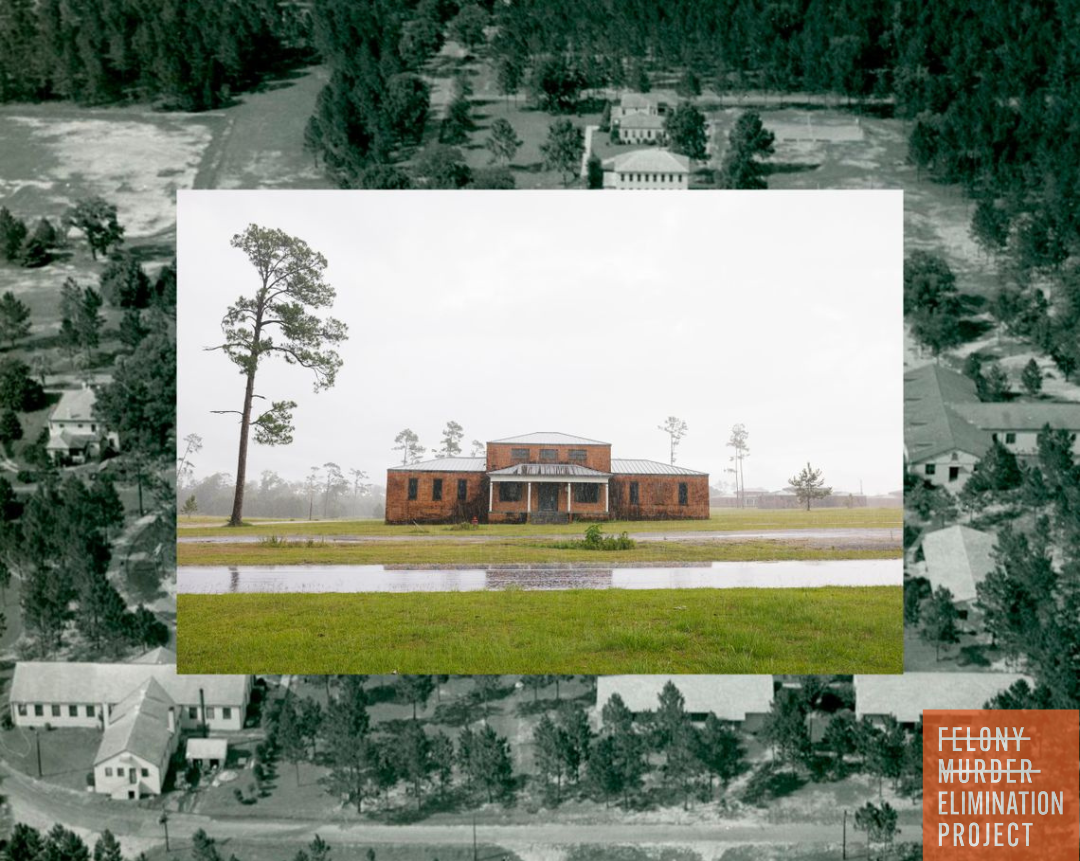Redirecting California Prison Spending
Governor Newsom's 2025-26 proposed budget directs $18.3 BILLION to law enforcement
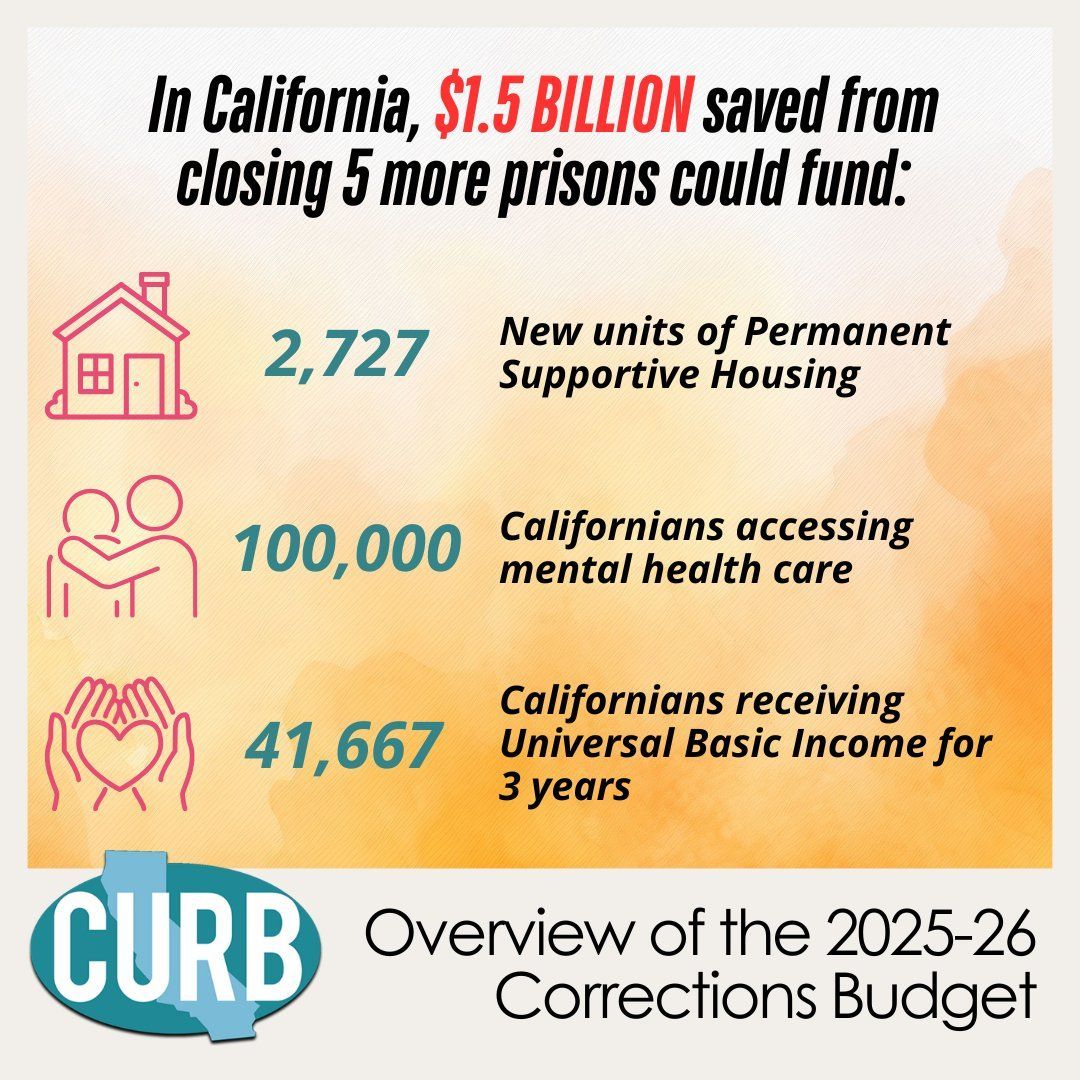
While many several jurisdictions around the country have initiated promising reforms to reduce the direct and indirect harms of criminal convictions and redirect resources to more effective interventions, there still remains resistance to these reforms. Yet these very same reforms are the ones that best demonstrate the ability to strengthen and repair communities, especially communities that are long targeted by socioeconomic inequality.
Because the criminal legal system is an institution that primarily reacts to, rather than prevents, crime, it is ill-equipped to address many of the underlying causes of crime the way that community investment does. But mass incarceration’s hold on vast public resources, its imposition of financial burdens, and the obstacles erected for people with criminal records further erode economic and social buffers against crime.
We agree with the mission of fellow Drop LWOP Coalition member CURB (Californians United for a Responsible Budget); "Budgets are a reflection of our values and priorities." State and local budgets have far-reaching impacts; influencing the quality of healthcare, education, housing, transportation, and social services available to Californians. Additionally, they also dictate the size and scope of systems of incarceration.
Reviewing the proposed 2025-26 budget submitted by California Governor Gavin Newsom, we find that 18.3 billion dollars is allocated to the Department of Corrections, with 96% ($17.6 billion) coming from State Funds. When considering that California has seen declining prison populations and fewer occupied prison beds (CDCR incarcerated 42,000 more people in 2015 than today), it makes no fiscal sense that state funding for CDCR has grown by $4.9 billion over the past decade, reflecting a 39% increase since 2015-16.
In "Overview of 2025-26 Proposed Corrections Budget," CURB examines the Governor's latest budget proposal, offering examination on the good (allocation of $12.9 million to continue the Returning Home Well program, which provides transitional housing for individuals who might otherwise face homelessness upon release), the bad (Increased CDCR Infrastructure Spending), and the ugly (“Rehabilitation” as a Cover for Expansion of Prison services).
You can read the full review from CURB here --->>> Overview of 2025-26 Proposed Corrections Budget

